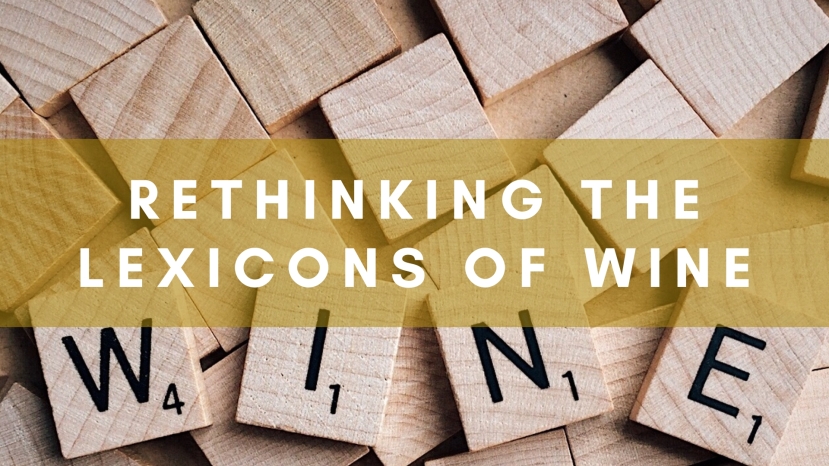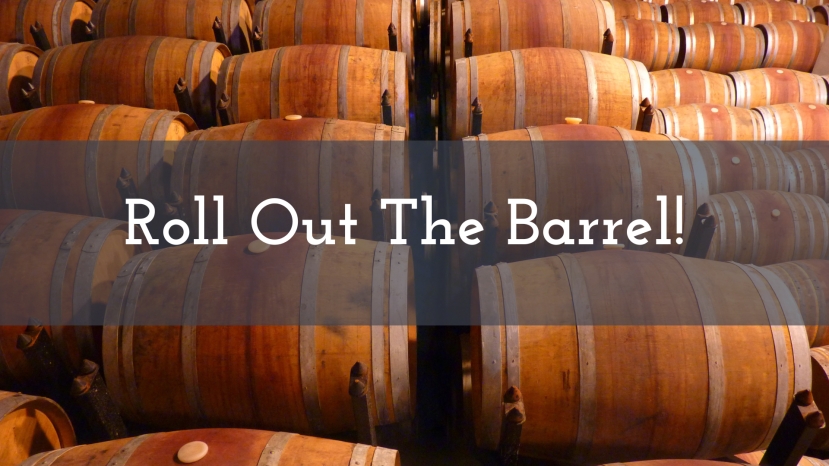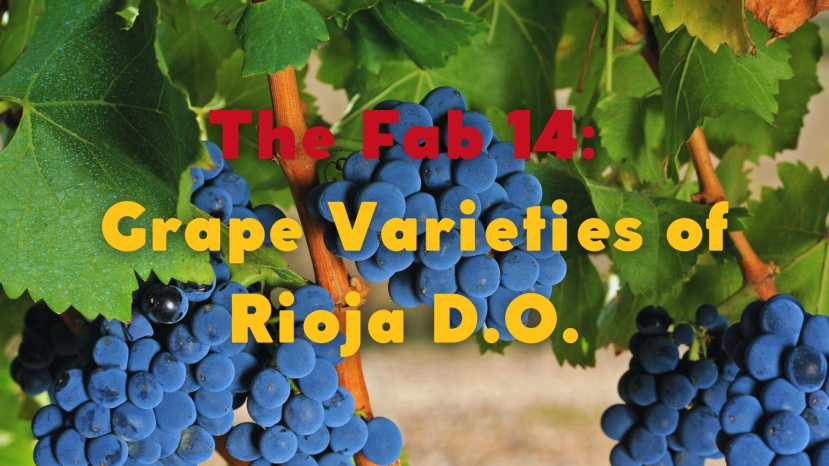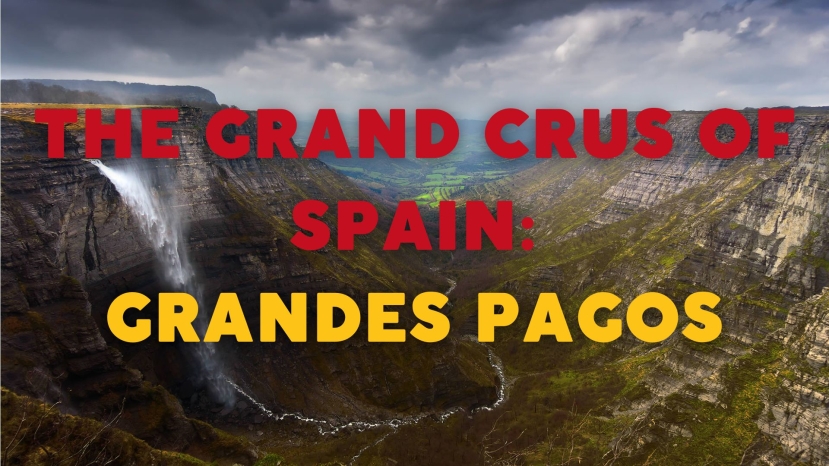BLOG
WSG membership
Summary
The wine industry relies on the ability of wine communicators to persuade consumers to taste, but today’s wine lexicon often falls short of its objectives. Wine writing relies on metaphor and analogy that may be unfamiliar to many global wine lovers, while point scores, with their veneer of objectivity, reinforce the notion that there are right and wrong answers. The effect can be gatekeeping even as the wine industry tries to expand its shrinking
Summary:
Steep slopes and vertigo-inducing vineyards make Ribeira Sacra one of Spain's most stunning wine regions. With terraced vineyards that rival the Mosel or Douro, the region is known for its floral, austere expressions of Mencía. We'll take a deep dive into Ribeira Sacra's history and culture, and learn about why this region is producing some of the most exciting wines in Spain today. Following the presentation, a question & answer session will take place,
Wine has been fermented and aged in barrels for centuries. Originally, it was just a convenient material from which to fashion vessels – a bit less cumbersome than clay, and a bit more flexible too. But in the 20th century, the flavour and character of oak became integrable to many popular wine styles, such as the red wines
The Science of Wine Tasting Course
This multi-part series is designed for food and wine professionals, wine judges, wine educators, wine and food journalists, wine students and anyone who relies on their senses to assess, evaluate, critique and/or write about wine and food.
There are four parts to this series, each with three sessions.
Part One: Neuroscience of Wine Tasting with Gabriel Lepousez
Science of Wine Tasting Course
This multi-part series is designed for food and wine professionals, wine judges, wine educators, wine and food journalists, wine students and anyone who relies on their senses to assess, evaluate, critique and/or write about wine and food.
There are four parts to this series, each with three sessions.
Science of Wine Tasting Course
This multi-part series is designed for food and wine professionals, wine judges, wine educators, wine and food journalists, wine students and anyone who relies on their senses to assess, evaluate, critique and/or write about wine and food.
Science of Wine Tasting Course
This multi-part series is designed for food and wine professionals, wine judges, wine educators, wine and food journalists, wine students and anyone who relies on their senses to assess, evaluate, critique and/or write about wine and food.
Summary:
Welcome to the soil signatures course! This course is aimed at helping students understand the very tangible effect that different soil types can have on the flavours we encounter in the glass.
Summary:
Welcome to the soil signatures course! This course is aimed at helping students understand the very tangible effect that different soil types can have on the flavours we encounter in the glass.
Introduction
As a wine lover, chances are great that you also enjoy eating well. Both wine and food individually hold the power to unlock the best potential of the other element.
Join us as we explore the theory and application behind
Introduction
As a wine lover, chances are great that you also enjoy eating well. Both wine and food individually hold the power to unlock the best potential of the other element.
Join us as we explore the theory and
Summary:
From their genesis in the late 1960s to their most modern iterations, Super Tuscans have enjoyed an uninterrupted reign on the international scene. Initially, production style trumped terroir, but now, thanks to viticultural improvements combined with the effects of climate change, we see the evolution of one winemaker’s initial hunch into a family of world-class wines. Characterised by their Bordeaux influences and divergence from traditional Italian
Summary:
Today we get behind the scenes at the Decanter World Wine Awards. Over the last 21 years the DWWA has grown to become the world's largest and most influential wine competition. The 2024 contest was held in London in May, where 235 region-specific panels meticulously assessed a staggering 18,143 wines from every region across the globe. In this special event we are delighted to be
Watch Here
You can watch this video in our community space here
Summary
In this tasting video, Justin explores the incredibly versatile world of Albariño. Quite probably Spain's greatest white grape, the way that Albariño described is often shoehorned into a narrow and limited style that really feels increasingly clichéd. Here
Watch Here
You can watch this video in our community space here
Summary
Justin tastes one of the iconic producers in the Producer Guide, this time choosing Adega Algueira's Dolio 2019 from Ribeira Sacra. Learn why it's considered a modern classic, and the inspirational role Fernando González has played
Summary:
Marc-André explores the factors that really contribute to what we call 'terroir', including the soil, the climate and the microbiology at play.
In this enlightening webinar he will bust myths and explain the science that truly contributes to the wine that we taste.
About Marc-André Selosse:
Marc-André is a French biologist specializing in botany and mycology. He has worked on symbiosis, particularly in the areas of evolution
Summary:
The Châtillonnais is a small, lesser known wine region, located at the most northern end of the ‘département’ of the Côte d’Or and just south of the Côte des Bar, the most southern section of Champagne.
Due to its proximity to Champagne and its isolation from other Burgundian regions, its history and wine styles are far more linked to its more northerly neighbor. This is a region where its
Introduction
Wines are the most fascinating and complex liquids. Water and Ethanol (“alcohol”) comprise the major part of what is in a glass. But all the properties of a wine come from the remaining 2%. Over a thousand compounds, many in microscopic quantities, create all that we smell, taste, see and feel – and in the case of sparkling wines, hear. Everything from sediment to wine diamonds, from the aroma of lychee to the taste of gooseberry, from mouthfeel to
Summary:
Informed wine lovers know that Châteauneuf-du-Pape has 13 allowed grape varieties, but did you know that Rioja has 14? Most people have heard of Tempranillo, Garnacha and Viura. But how about Maturana Tinta, Tempranillo Blanco or Malvasia? Or what role does Sauvignon Blanc play in Rioja? Discover the 14 grape varieties of Rioja and their characteristics, both in the vineyard and in wine, and learn how some of these are Rioja’s secret
Summary:
Join the leading Spanish wine association of 35 wineries known as the “Grands Crus of Spain,” Grandes Pagos de España (GPE), for an exclusive webinar with the Spanish Wine Scholar Guild.
GPE representatives Valentí Llagostera (Co-Owner & Co-Founder, Mas Doix) and Marta Santander (Director of Exports, Familia Martínez Bujanda) will discuss GPE’s mission to uphold the



















